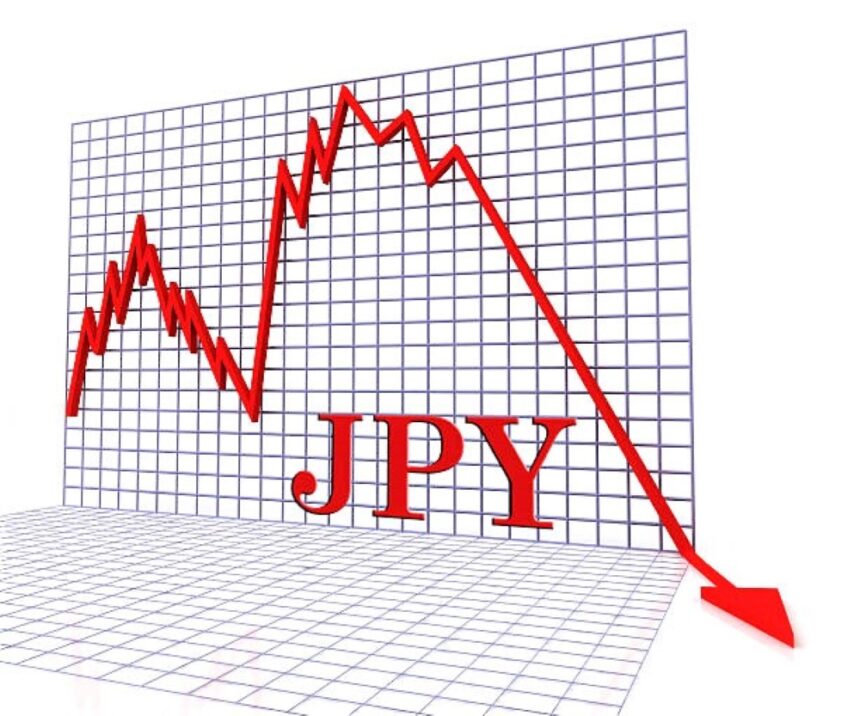Japanese Yen softens as risk appetite improves amid easing US-China trade tensions.
The Japanese Yen (JPY) remains under pressure during the Asian trading session on Tuesday as positive risk sentiment weighs on traditional safe-haven currencies. Signs of easing trade tensions between the United States and China have undermined demand for the Yen, dragging the USD/JPY pair toward the mid-142.00s, its fresh daily high. However, any sustained depreciation of the JPY appears limited as markets brace for Thursday’s Bank of Japan (BoJ) monetary policy decision.
Investors are exercising caution, anticipating that the BoJ will maintain its key interest rates in light of external risks, notably from potential fallout tied to US tariffs. Still, underlying domestic inflationary pressures in Japan suggest the door remains open for the BoJ to gradually pursue further policy normalization. This, coupled with ongoing geopolitical uncertainties, continues to offer a safety net for the Yen.
Japanese Yen Weakens as Risk Appetite Improves, but Resilience Remains
The primary driver behind the Japanese Yen’s subdued tone is the improving global risk sentiment. US Treasury Secretary Scott Bessent’s comments on Monday that several countries had submitted “very good” tariff proposals have bolstered optimism over a potential de-escalation in trade hostilities, particularly between the US and China. This has encouraged investors to move away from safe-haven assets like the JPY and reallocate towards riskier investments.
Nonetheless, markets remain wary. While US President Donald Trump indicated ongoing talks with China last week, Beijing has firmly denied any active negotiations, injecting an element of uncertainty into the narrative. This mixed signaling prevents an outright collapse in the safe-haven demand for the Yen.
BoJ Policy Expectations: A Key Focus for JPY Traders
The Bank of Japan is widely expected to proceed cautiously at its policy meeting this week. Analysts anticipate that policymakers will leave interest rates unchanged as they assess the economic risks stemming from US trade tariffs, which could potentially shave 0.5% off Japan’s GDP. However, broadening inflationary pressures and robust wage growth give the BoJ some latitude to contemplate a gradual tightening later this year.
Importantly, any swift conclusion to a US-Japan trade agreement could embolden BoJ policymakers to act sooner rather than later. Such a move would further underline the growing divergence between BoJ and Federal Reserve policy trajectories, with the Fed increasingly seen as heading toward renewed rate cuts in response to slowing global growth.
US-Japan Policy Divergence Supports the Yen
Speculation is mounting that the US Federal Reserve could resume its rate-cutting cycle as soon as June, with markets now pricing in a full percentage point reduction in borrowing costs by the end of 2025. The expected narrowing of the US-Japan interest rate differential favors the relatively lower-yielding Yen, helping to contain its losses despite broader risk-on sentiment.
Adding another layer of support for the Japanese currency, geopolitical tensions remain elevated. Russian President Vladimir Putin’s surprise announcement of a 72-hour unilateral ceasefire in Ukraine — quickly dismissed by Ukrainian President Volodymyr Zelensky — highlights that geopolitical risk premiums are still in play. Such dynamics tend to favor safe-haven currencies like the Yen.
USDJPY Upside Capped Ahead of Key Data Releases
Although the US Dollar (USD) has managed a modest recovery from its multi-year lows, its upside against the JPY remains limited. Investors are cautious, skeptical about the sustainability of US trade policies under President Trump, and reluctant to take large directional bets ahead of upcoming key data releases.
Traders will closely watch the Bank of Japan’s updated economic projections on Thursday for guidance on the potential timing of the next rate hike. Meanwhile, crucial US macroeconomic indicators are scheduled this week, including:
- Tuesday: US JOLTS Job Openings report
- Wednesday: US Personal Consumption Expenditures (PCE) Price Index — the Fed’s preferred inflation gauge
- Friday: US Nonfarm Payrolls (NFP) report
The results of these data points could significantly influence the Fed’s near-term policy outlook, impacting USDJPY dynamics.
[faq-schema id=”39473″]









